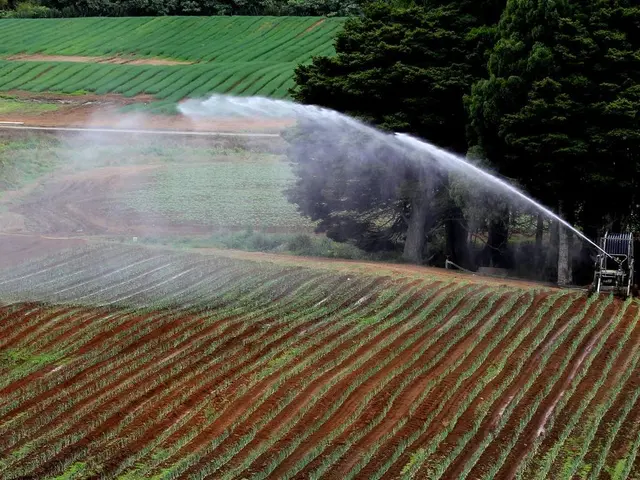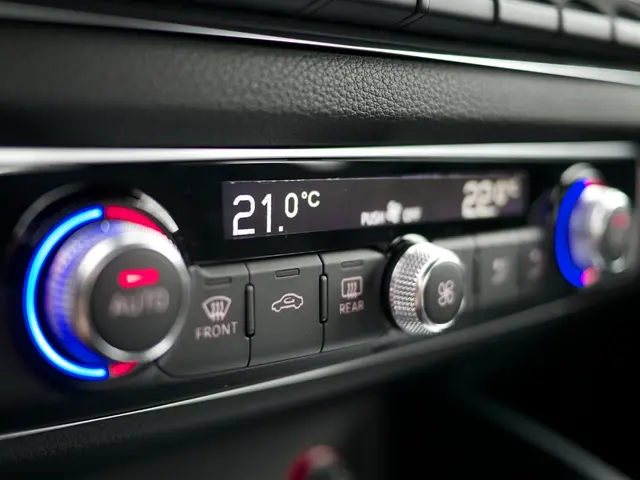Satellites Transform Climate Monitoring and Mitigation
Satellites are proving invaluable in the global fight against climate change. They monitor emissions, enhance agricultural resilience, and aid disaster response. However, challenges persist, and international collaboration is key.
Space-based tools are transforming climate monitoring. They provide high-resolution data on atmospheric composition, ocean behavior, and land surface changes. This data feeds into climate models, improving their accuracy and supporting global policymaking. It also aids precision agriculture, enhancing agricultural resilience and food security.
Currently, major space agencies like NASA, ESA, JAXA, CNSA, and CSA operate satellites that observe Earth's atmosphere, contributing to measuring greenhouse gas emissions. Emerging technologies propose active mitigation roles for space, such as space-based solar power and carbon tracking platforms. However, challenges include funding constraints, data continuity risks, data interpretation complexity, and security concerns.
Satellites play a crucial role in understanding, monitoring, and mitigating climate change. They support global policymaking, enhance agricultural resilience, and aid disaster response. International collaboration is vital to overcome challenges and ensure access to data for all nations, promoting climate justice.
Read also:
- Summarized Report: Insights from the Realm of Transportation
- Recorded surge in electric vehicle registrations during the initial half of the year
- Polestar CEO, Lohscheller, voices concern on the ongoing debates about competitors' products: "Maintain focus, avoid distractions"
- Jane Goodall's Legacy: From Chimpanzee Tool Use to Global Conservation








